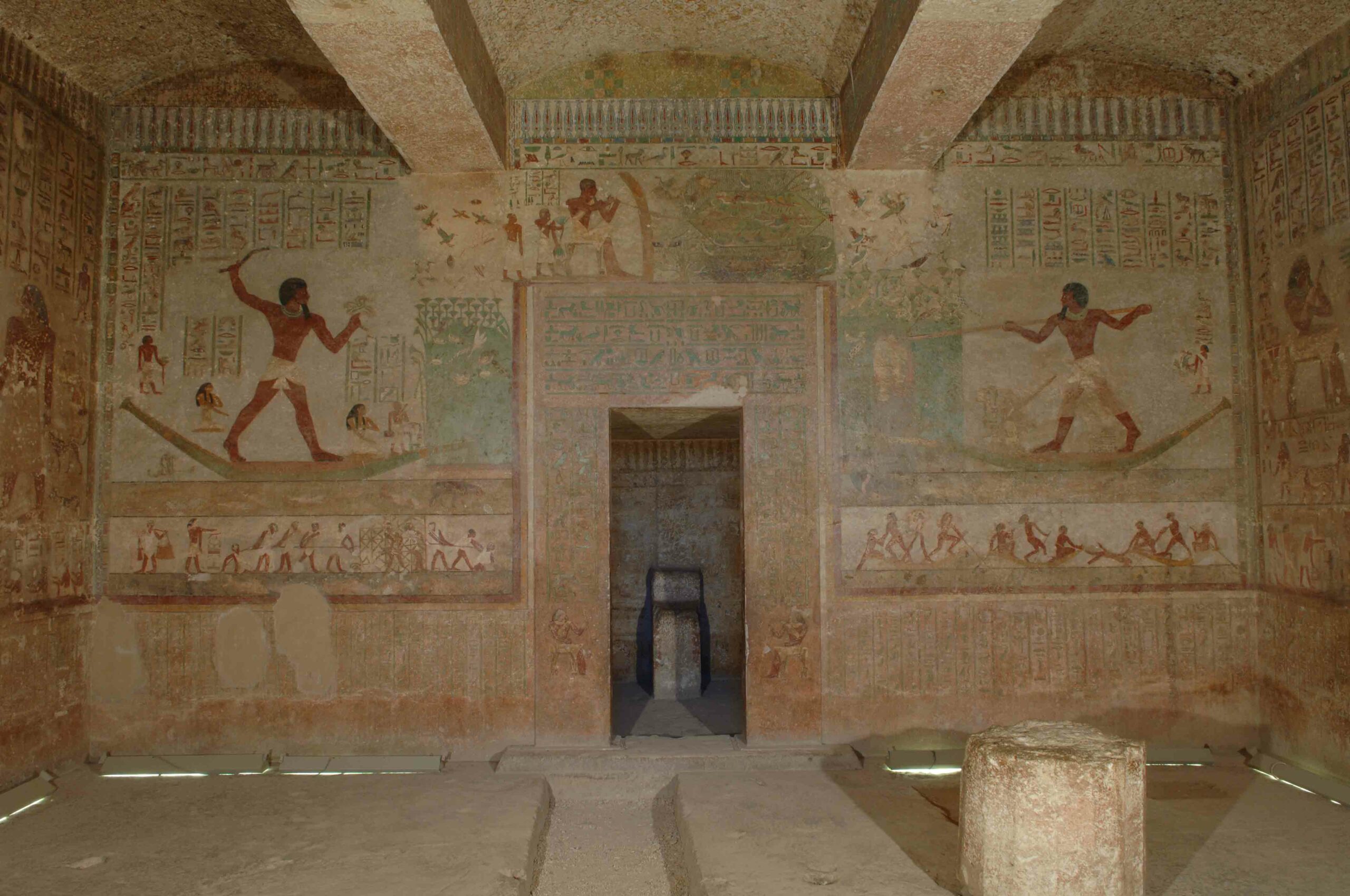VANCOUVER, CANADA—The Vancouver Star reports that researchers led by Eric Guiry of the University of British Columbia have tracked the effect of deforestation and farming practices on the nitrogen cycle through the chemical analysis of Bronze Age animal bones from Ireland. The nitrogen cycle is the process of how the element circulates through the atmosphere, land, and oceans. The more than 700 bones in the study came from some 90 archaeological sites across Ireland. The test results suggest significant changes to the nitrogen composition of soil nutrients—and therefore the food chain—occurred when land use became more intensive through deforestation, agriculture, and grazing some 2,000 years ago. Guiry thinks small-scale agriculture up until that point was likely to have had little impact on nutrients in the environment. For more, go to “Europe's First Farmers.”
Study Offers Clues to Ireland’s Bronze Age Environment
News June 14, 2018
Recommended Articles
Off the Grid November/December 2019
Rathcroghan, Ireland
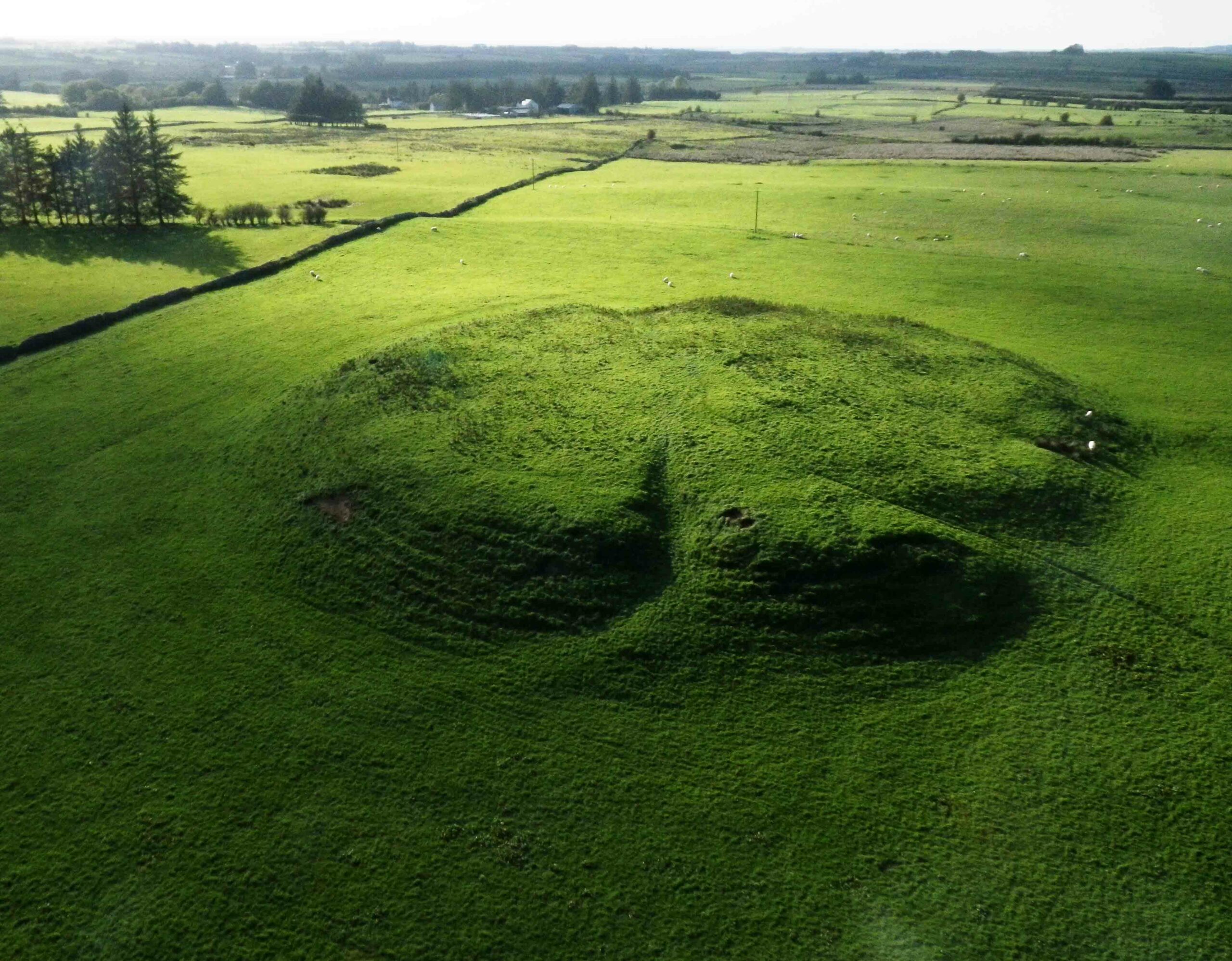
Features November/December 2016
Samhain Revival
Looking for the roots of Halloween in Ireland’s Boyne Valley

Digs & Discoveries September/October 2015
Bronze Age Ireland’s Taste in Gold

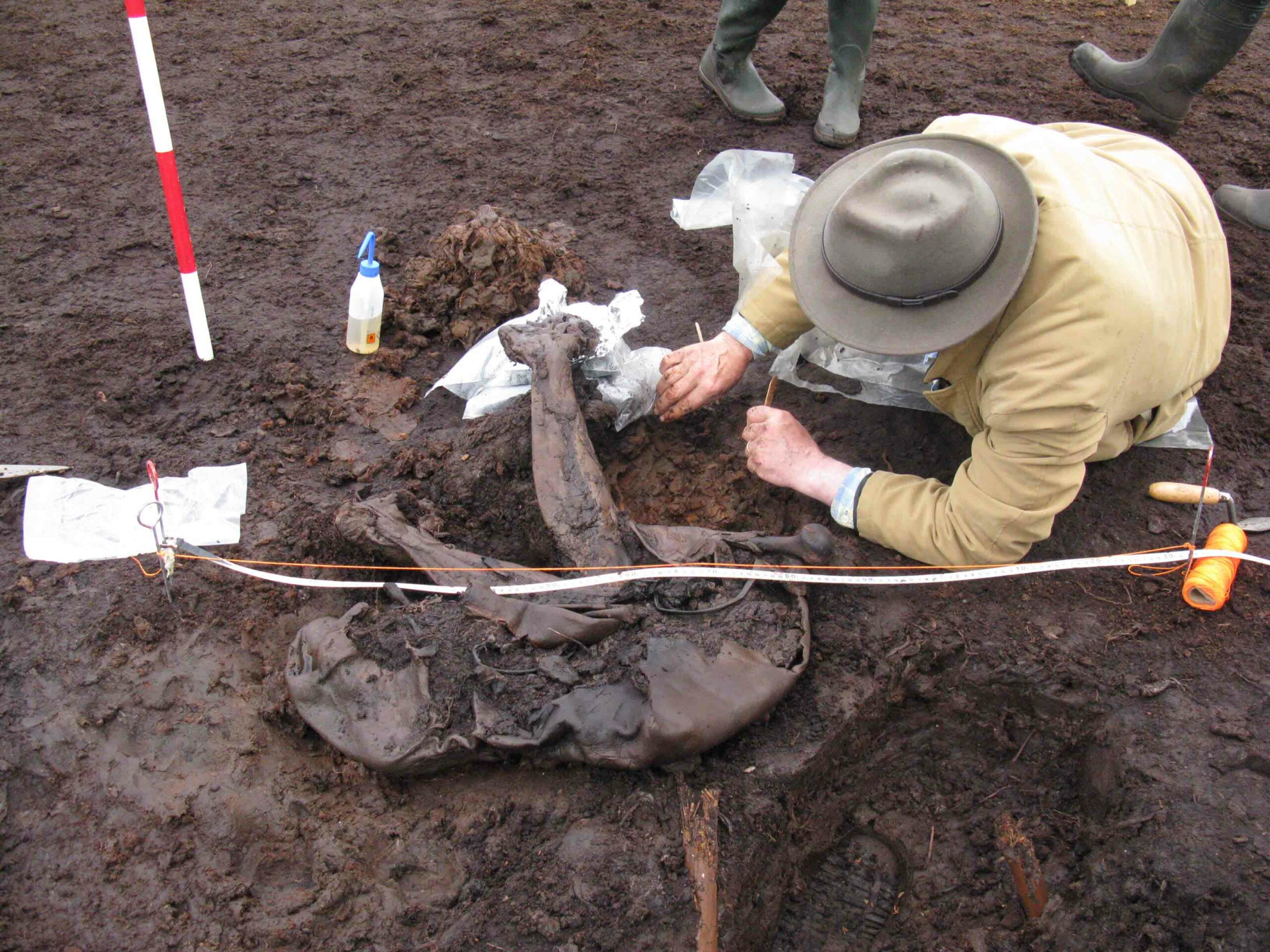
-
Features May/June 2018
Global Cargo
Found in the waters off a small Dutch island, a seventeenth-century shipwreck provides an unparalleled view of the golden age of European trade
 (Kees Zwaan/Courtesy Province of North Holland)
(Kees Zwaan/Courtesy Province of North Holland) -
Letter From the Philippines May/June 2018
One Grain at a Time
Archaeologists uncover evidence suggesting rice terraces helped the Ifugao resist Spanish colonization
 (Jon Arnold Images Ltd/Alamy Stock Photo)
(Jon Arnold Images Ltd/Alamy Stock Photo) -
Artifacts May/June 2018
Roman Sundial
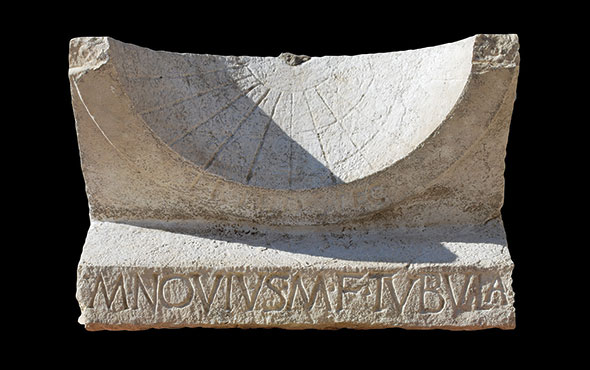 (Courtesy Alessandro Launaro)
(Courtesy Alessandro Launaro) -
Digs & Discoveries May/June 2018
Conquistador Contagion
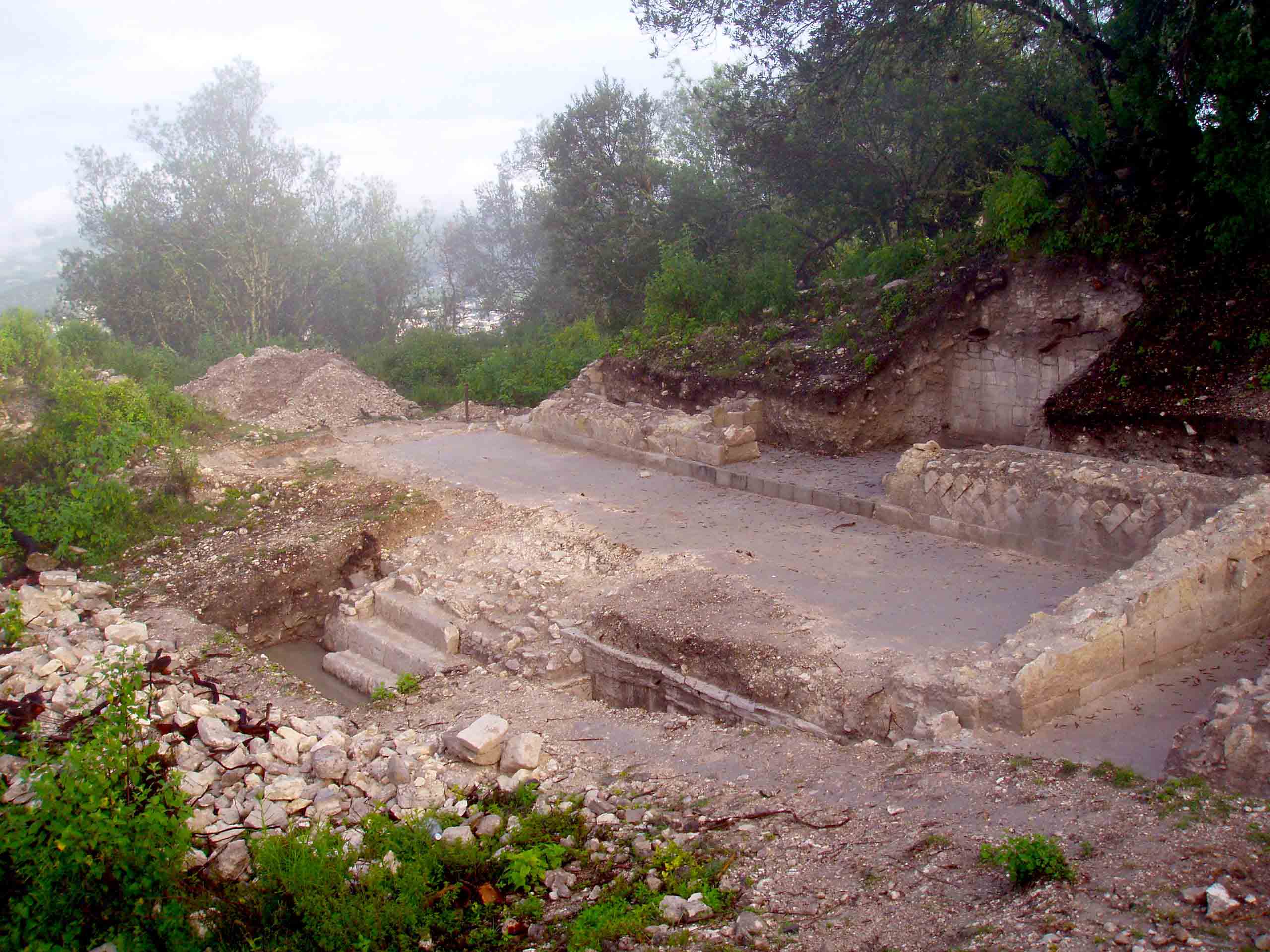 (Christina Warinner. Image courtesy of the Teposcolula-Yucundaa Archaeological Project)
(Christina Warinner. Image courtesy of the Teposcolula-Yucundaa Archaeological Project)


